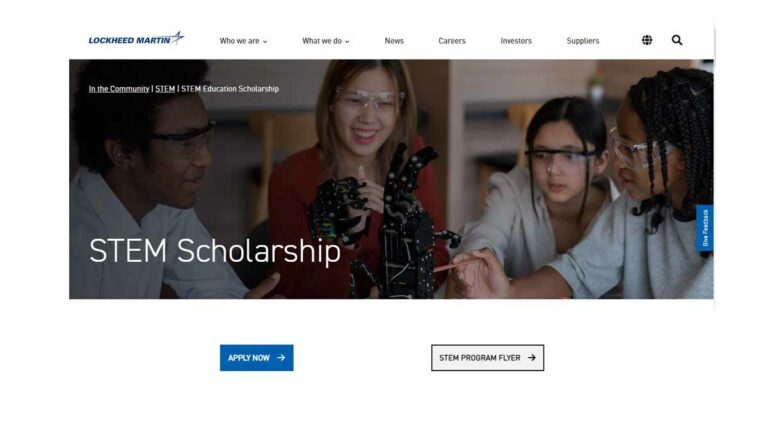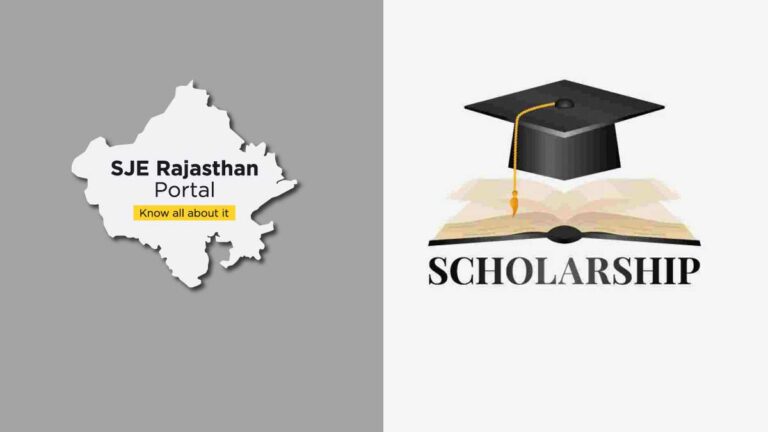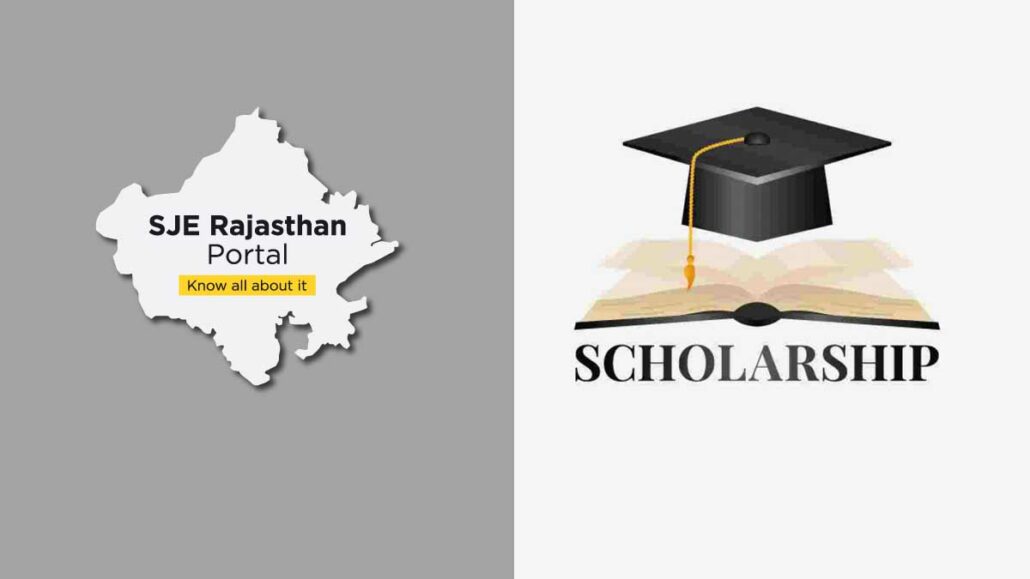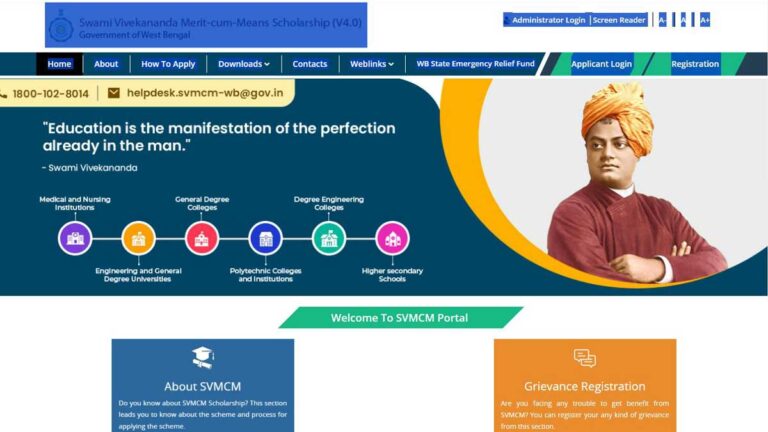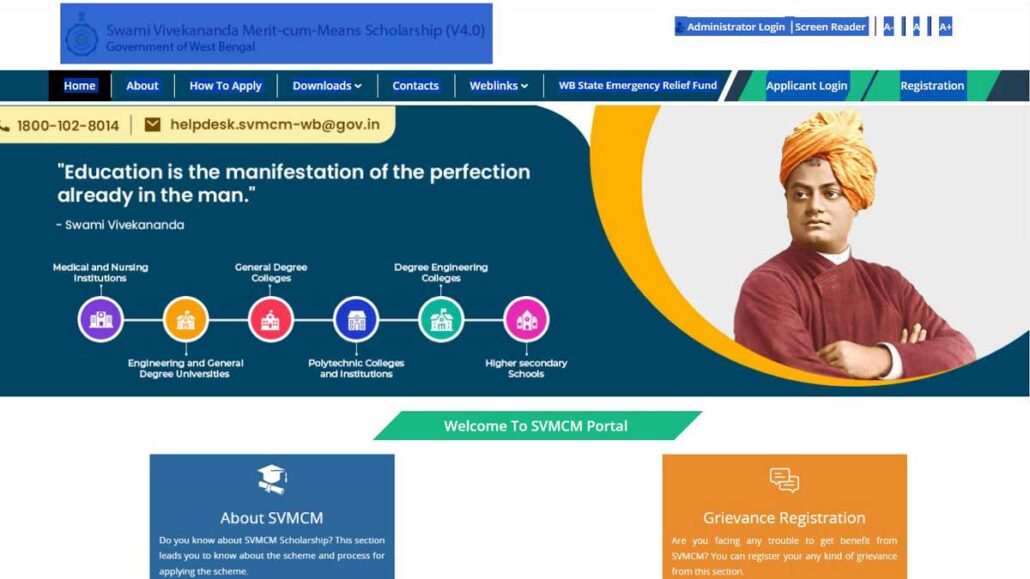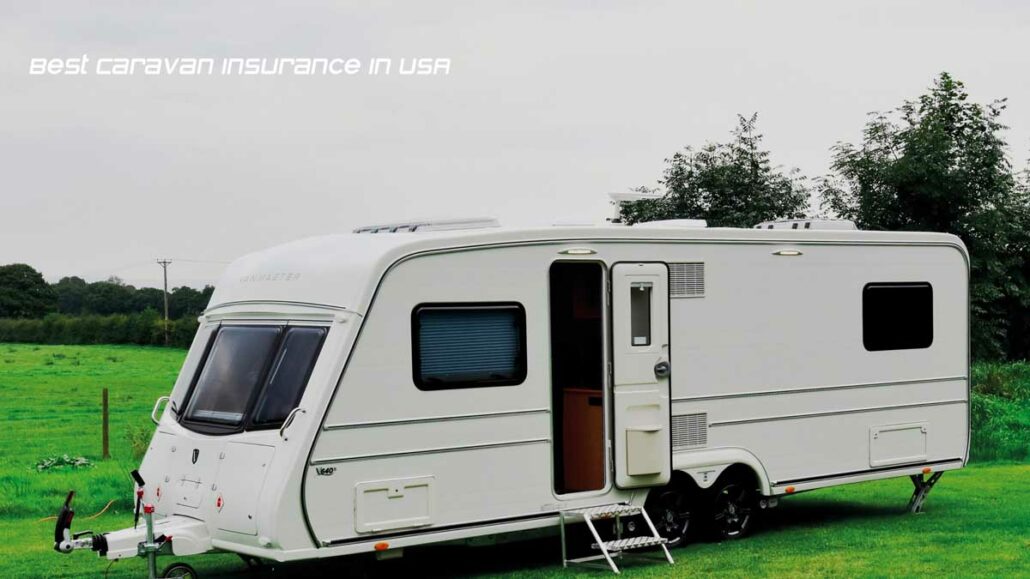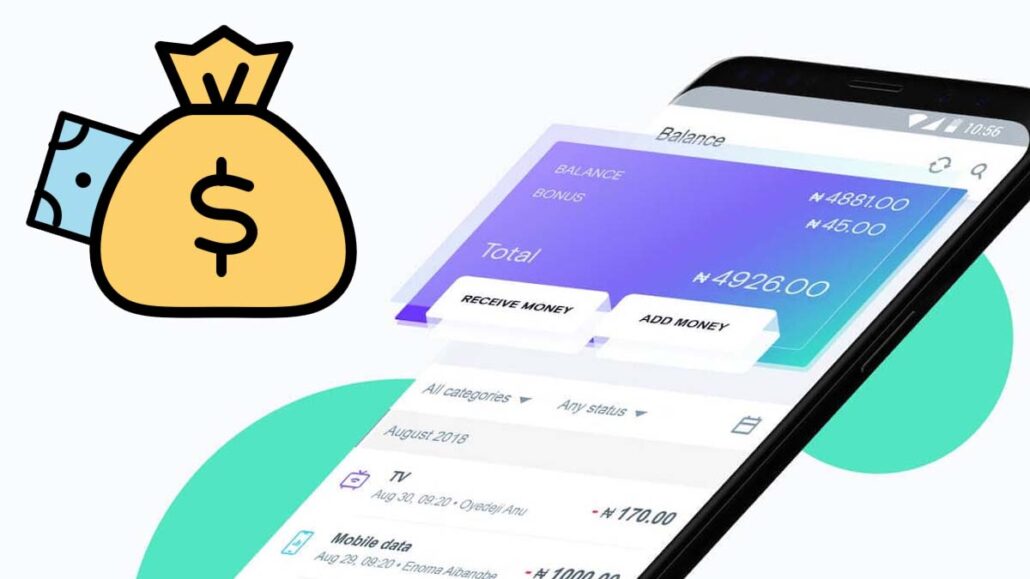Aspiring to unlock your potential in the exciting world of science, technology, engineering, and mathematics (STEM)? The Lockheed Martin Scholarship program might just be the launching pad you’ve been searching for. Committed to fostering the next generation of STEM leaders, Lockheed Martin offers two distinct scholarship opportunities, catering to individuals at different stages of their academic journey.
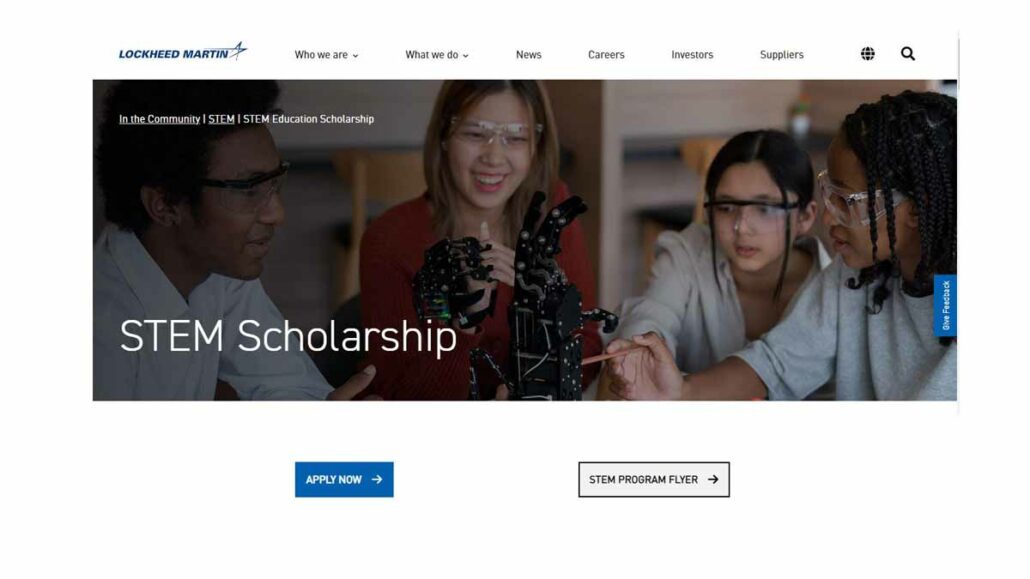
Whether you’re a high school graduate embarking on your vocational training or a college student pursuing a STEM degree, this program could provide the financial support and recognition you deserve. Dive deeper to discover which scholarship aligns with your goals and take a confident step towards achieving your STEM aspirations. Buckle up, and get ready to explore the incredible possibilities within the Lockheed Martin Scholarship program!
Eligibility Requirements for Lockheed Martin Scholarship
However, Lockheed Martin offers two distinct scholarships with different eligibility requirements:
Lockheed Martin STEM Scholarship:
- Open to: U.S. citizens who are:
- High school seniors with a minimum GPA of 2.5 OR current college freshmen, sophomores, or juniors with a minimum GPA of 2.5
- Planning to enroll or already enrolled full-time in an accredited U.S. four-year college or university
- Majoring in a STEM field (specific majors listed on their website)
- Demonstrating financial need
- Interested in a paid internship with Lockheed Martin (not mandatory but considered)
- Selection based on: academic record, leadership, community involvement, work experience, career goals, personal circumstances, and external recommendation
Lockheed Martin Vocational Scholarship:
- Open to: U.S. citizens who are:
- High school seniors OR high school graduates (or GED equivalent)
- Have not earned a bachelor’s degree
- Planning to enroll full-time or part-time (minimum 6 credit hours) in an accredited vocational-technical school, trade school, two-year community college, or state college
- Selection based on: academic performance, work experience, career and educational goals, personal circumstances, and external appraisal
How to Apply for Lockheed Martin Scholarship
Applying for Lockheed Martin scholarships depends on which program you’re interested in:
1. Lockheed Martin STEM Scholarship:
- Application period: Opens October 1st and closes April 10th annually.
- Application process:
- Create an account on the Scholarship America Student Hub:
- Complete the online application form, including essays and personal information.
- Upload required documents: transcripts, financial aid documentation, and one online recommendation from a teacher, counselor, or other professional.
- Review your application carefully before submitting it.
2. Lockheed Martin Vocational Scholarship:
- Application period: Opens February 1st and closes April 10th annually.
- Application process:
- Visit the Lockheed Martin website
- Complete the online application form, including essays and personal information.
- Upload required documents: transcripts, proof of enrollment (if applicable), and one online recommendation from a teacher, counselor, or other professional.
- Review your application carefully before submitting it.
Benefits of Lockheed Martin scholarships
Receiving a Lockheed Martin scholarship goes beyond the immediate financial relief it provides. Here are some key benefits worth considering:
Financial Support:
- Reduced financial burden: The scholarships offer substantial awards ranging from $5,000 to $40,000, easing tuition fees and living expenses.
- Focus on your studies: By alleviating financial worries, you can concentrate more on your academics and achieving your educational goals.
- Reduced student debt: Lower debt upon graduation makes career choices more flexible and eases your transition into the workforce.
Professional Development:
- Internship opportunities: You may be eligible for paid internships with Lockheed Martin, gaining valuable industry experience and networking opportunities.
- Career guidance: Scholarship recipients often receive career guidance and mentorship from professionals within the company.
- Enhanced resume: Having a prestigious scholarship demonstrates your academic achievement and commitment to your field, appealing to future employers.
Community and Recognition:
- Connect with like-minded peers: Join a network of talented and ambitious individuals receiving the same scholarship, fostering collaboration and knowledge sharing.
- Boost your confidence: Being chosen for the scholarship validates your efforts and inspires you to continue striving for excellence.
- Open doors to future opportunities: Your association with Lockheed Martin can unlock access to exclusive events, programs, and potential career paths within the company.
The full benefits of receiving a Lockheed Martin scholarship depend on your individual goals and aspirations. Be sure to consider all aspects before applying to discover if it aligns with your vision for the future.
Tips for writing a strong essay
Here are some tips for writing a strong essay for the Lockheed Martin scholarships, or any essay for that matter:
Before you write:
- Understand the prompt: Read the essay prompt carefully and make sure you understand what the scholarship committee is asking for. Are they looking for a personal story, your career aspirations, or a specific argument about a STEM topic?
- Research the scholarship: Learn about Lockheed Martin’s values and mission. This will help you tailor your essay to their interests and show them you’re a good fit.
- Brainstorm and outline: Jot down your ideas and organize them into a logical outline. This will help you stay on track and avoid rambling.
While you write:
- Start with a strong hook: Grab the reader’s attention with an interesting anecdote, statistic, or question.
- Show, don’t tell: Instead of simply stating your achievements, use vivid details and examples to illustrate them.
- Use strong verbs and specific language: Avoid clichés and vague statements. Choose words that paint a clear picture and show your personality.
- Maintain a clear and logical flow: Each paragraph should have a central idea that supports your overall thesis statement. Use transition words to connect your ideas smoothly.
- Proofread carefully: Check for grammar, spelling, and punctuation errors. Make sure your essay is free of typos and inconsistencies.
By following these tips and putting in the effort, you can write a strong essay that will impress the Lockheed Martin scholarship committee and increase your chances of receiving an award.
